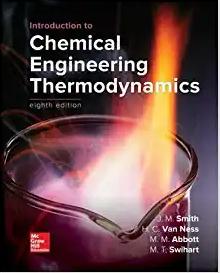Answered step by step
Verified Expert Solution
Question
1 Approved Answer
Q3. (9 marks) Consider the following reaction scheme: E+Sk1k1ESk2E+P Show using the quasi-steady state approximation that: v=dtd(P)=1+Km[S]+Kp[P](KMVm)[S](KPVp)[P] Where: Km=k1k1+k2;Kp=k2k1+k2;Vm=k2[E0];Vp=k1[E0] Hint: you will need a rate

Step by Step Solution
There are 3 Steps involved in it
Step: 1

Get Instant Access to Expert-Tailored Solutions
See step-by-step solutions with expert insights and AI powered tools for academic success
Step: 2

Step: 3

Ace Your Homework with AI
Get the answers you need in no time with our AI-driven, step-by-step assistance
Get Started


